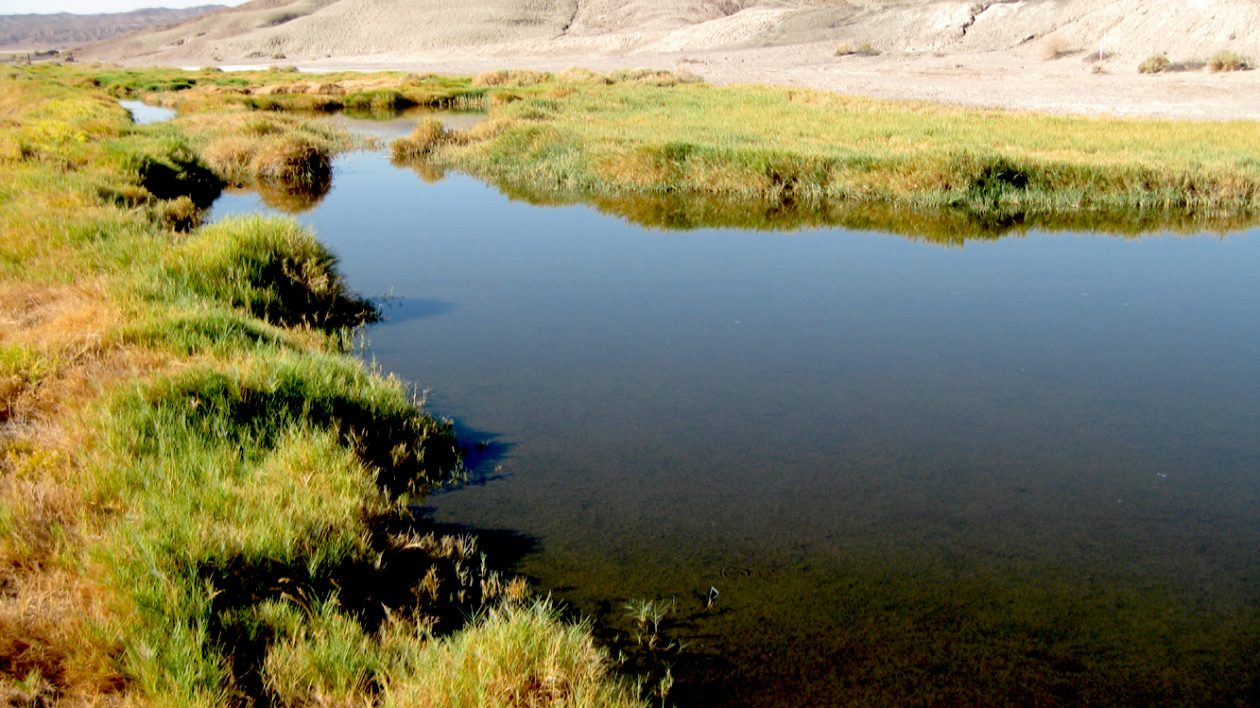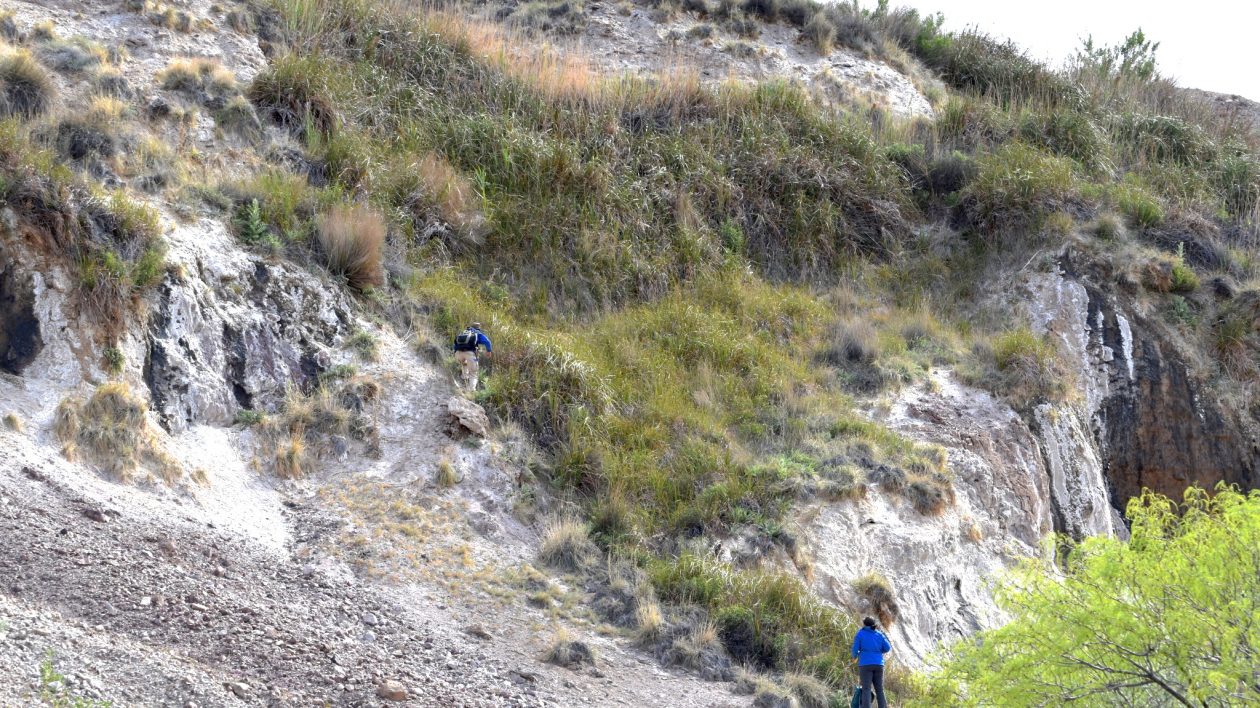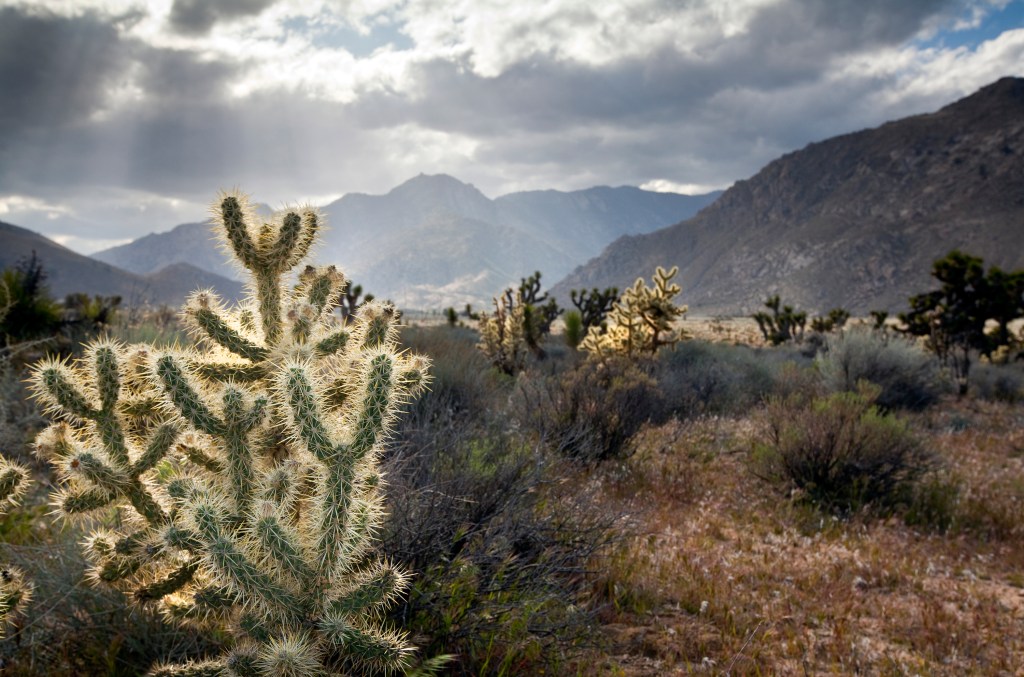Every field ecologist has been there. It’s a cold and rainy day, or perhaps it is a blisteringly hot and muggy one. Your clothes are wet through and through, and it feels like you have more water inside your boots than outside them.
Your skin is sunburned/raw/blistered/cut in various places, your back aches and your feet ache. Then your equipment breaks. You run out of supplies. You can’t find the plants or animals that are supposed to be common in your study area. You love the outdoors but are starting to wish that you were looking at it through a window.
In short, as much as you enjoy fieldwork, you wouldn’t mind being done with this particular field day.
Brave in the face of these field challenges, conservation biologists commonly embark on biological assessments to take the pulse of an ecosystem or monitor for the presence of rare or invasive species.
These assessments record biotic (and often abiotic) data about a system, thereby allowing conservation practitioners to make informed management decisions. As an example, The Nature Conservancy recently organized the Amargosa River Expert BioBlitz to assess biodiversity and guide conservation actions along a remote river the Mojave Desert.
But even when bioassessments are successfully completed, methodological hurdles can complicate the interpretation of data collected. Any measurement that is made (e.g., the population density of aquatic insects within a square meter) exists as a snapshot in time and does not reflect the dynamic nature of natural systems.
Also, some species are poorly captured in biological assessments due to small body size, cryptic life stages, or other attributes that limit detection. Making repeated and comprehensive measurements to rectify these problems can be cost-prohibitive.
Given the challenges involved in completing biological assessments, many have begun to ask…could there be an easier way? A way that speeds up the process while retaining (or perhaps improving upon) results?
Enter eDNA.
Environmental DNA or “eDNA” methods involve the analysis of genetic material in the environment for biological assessment. These methods rely on the premise that DNA is shed by all organisms through normal, everyday activity.

For example, organisms in a stream release some of their DNA into the water through the sloughing of skin cells. Some of this DNA will settle into the sediment of the stream, and some will remain in the water. To determine what organisms are present in the system, a field biologist takes samples of stream water and sediment and returns these to the lab for DNA analysis.
Compared with many of the other methods employed for recording the presence/absence of organisms in a stream (e.g. snorkeling, seine nets, sweep nets, electrofishing gear), these are relatively quick and easy samples to take, and they can be done repeatedly with little additional effort.
The DNA captured in field samples is amplified and sequenced. Researchers can then identify the DNA sequences in their field samples by comparing them with sequences from known voucher specimens stored in local or international gene libraries (such as GenBank).
Using this method, a taxonomically and phylogenetically comprehensive picture of the ecosystem emerges, as DNA from microbes to large multi-cellular organisms is included in the field samples. In some cases, scientists can use standardized markers of DNA sequences (also known as DNA “barcodes”) to identify the DNA in their samples, though there has been some debate about the broad applicability of this methodology.
In addition to using eDNA for bioassessments, conservation biologists can employ the method to look for organisms of conservation interest. Use of quantitative real-time PCR (qPCR) can provide an index of population sizes of species, can serve as a tool for monitoring rare species, and can allow for detection of invasive species. In systems where individuals occur at very low numbers or are difficult to observe, and where restoration efforts are attempting to attract them back, eDNA may provide a relatively low-cost easy early detection system.
One potential application of eDNA methods could be to supplement traditional field methods of monitoring for southern steelhead trout on the Los Angeles River and other rivers in southern California, where steelhead are a vanishingly rare and federally listed as endangered.

The Nature Conservancy is currently working with UCLA to use eDNA methods in the Mojave Desert to better understand the biodiversity of desert spring systems, which are ecologically important oases of surface water in an otherwise dry landscape. In this work, we are sampling water and sediment from a suite of more than 50 remote and isolated springs across the Mojave Desert.
We will test eDNA methods to see if we can detect either the cryptic species living in spring water, such as tiny springsnails, or those that visit the spring briefly to rehydrate, such as bighorn sheep. We will also use eDNA methods to detect differences in the microbial and botanical communities associated with each spring—an important piece of information for long-term management.
While this is all exciting, there are, of course, challenges in applying eDNA to conservation practice. This is a relatively new area of research, and standard protocols are still under development.
Meanwhile, eDNA is increasingly used, and is emerging as a promising assessment tool. So, while we may not what to throw away our seine nets just yet, we may want to consider how eDNA methods might enhance (and potentially help!) us gather useful information to inform conservation action.





The University of South Dakota is also working on The Nature Conservancy’s Preserves in Door County, Wisconsin to determine if eDNA is a viable tool for assessing populations of the federally-endangered Hine’s Emerald Dragonfly. The dragonfly larvae can remain hidden from the eye for up to five years in groundwater-fed wetlands (deep within crayfish burrows of all places!) and only emerge for a brief period as an adult to reproduce. Being able to use eDNA can greatly reduce the effort exerted and uncertainty in assessing sites for breeding populations of this species.